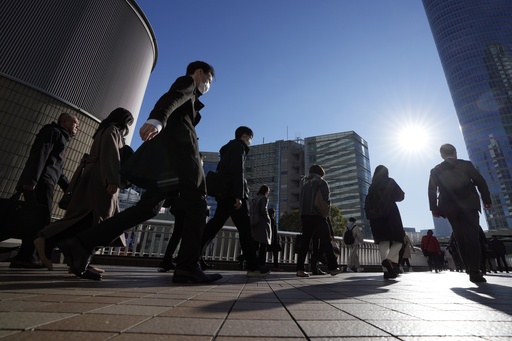Japan’s economy showed signs of recovery as it grew at an annual rate of 3.1% in the April-June period, following a contraction in the previous quarter. This growth was fueled by a 0.8% increase in the fiscal first quarter, according to data from the Cabinet Office.
The Gross Domestic Product (GDP), which measures the value of a country’s goods and services, saw domestic demand rise by 3.5% from the previous quarter. This growth was driven by strong household consumption, private sector investments, and government spending. Exports also saw a significant increase of 5.9%.
Despite this positive growth, Japan’s GDP had shrunk by 0.6% in the January-March period, after a modest 0.1% growth in the last quarter of the previous year. The economy has been experiencing periods of contraction and weak expansion over the past year.
Robert Carnell, regional head of research Asia-Pacific at ING Economics, highlighted the uncertainty in macro policies following Prime Minister Fumio Kishida’s announcement that he would not seek re-election as head of the ruling Liberal Democratic Party. This uncertainty could impact the policy direction of the next government.
The Bank of Japan, after years of keeping interest rates at or below zero, has recently started to raise rates. This move, along with other factors, has contributed to fluctuations in global stock markets. Analysts suggest that the Bank of Japan might adopt a more cautious approach to interest rate hikes due to recent market turbulence.
Japan has been grappling with inflationary pressures, with recent price rises hovering around 3%. The country, which struggled with deflation for years, is now navigating a delicate economic landscape.


